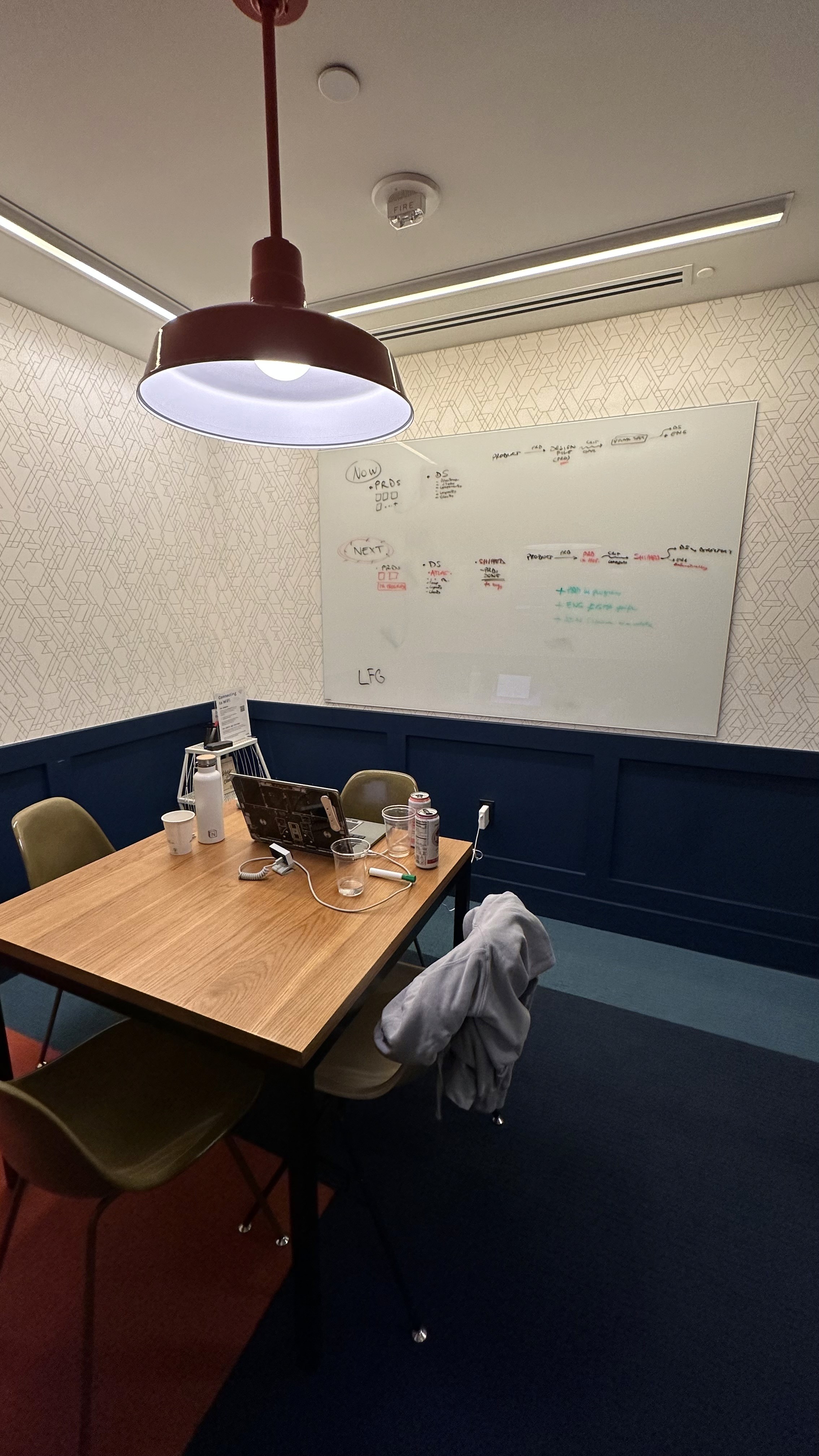
The relationship that design has with zero to one is fascinating.
How much is enough to move forward?
I have collected from the pragmatically reiterated guides a document of how I am currently tackling this role inside my team, showing examples as a guide to reduce friction and facilitate the cross-functional collaboration.
I started very lean from the definition of PRD to the end where the end of reiterate is temporarily suspended pending launch (get to 1).
Let's get started.
PRDs
Get the PRD done is the first necessary step.
No work is done without a proper, well defined and scope PRD
The entire design team can and should see the PRD and the owner, for both critiques and transparency without influencing out of the Accountable role (see RACI model)
First early design mocks should honour everything inside the PRD
First iterations
Time to design? Not so quickly
Take some time to benchmarking a competitive analysis and a general patterns audit
Generally done with competitors and other best UX practices we can take use for the problem we're tackling and move forward. Note that these benchmarks are useful to inform the crit as well.
Optimise the early design
Take advantage from what has been already built (cc ‘Design System’)
[Optional] If different options
to ENGs: is this feasible?
to PMs: is this the right fit for the product?
to DES: what’s something I missed?
Designers are accountable for:
stakeholder management
manage the feedback in a way that’s productive
see the pm as the source of truth
feature prioritisation
use levels of priority carefully
P0 – the work stops, max priority
P1 – unblock someone else, required to be done before other things
P2 – ordinary flow of work
P3 – nice to have, but not required
P4 – informational only
validate the reality of the P assigned
PM relationship
keep together a 100% clear PRD
source of truth for unblocks
Design Crit
Critiques are part of the culture, to inspire and thrive as a team. I might dedicate a full new guide about this. In general, weekly in synch, the questions for specific critique (that are not gut reactions or direction feedback) we ask are in this order
What are the objectives?
What elements of the design are related to the objective?
Are those elements effective in achieving the objective?
Why or why not?
We are all together aligned in produce the best efficient work as a team.
—
Let's connect
how you do anything is how you do everything
